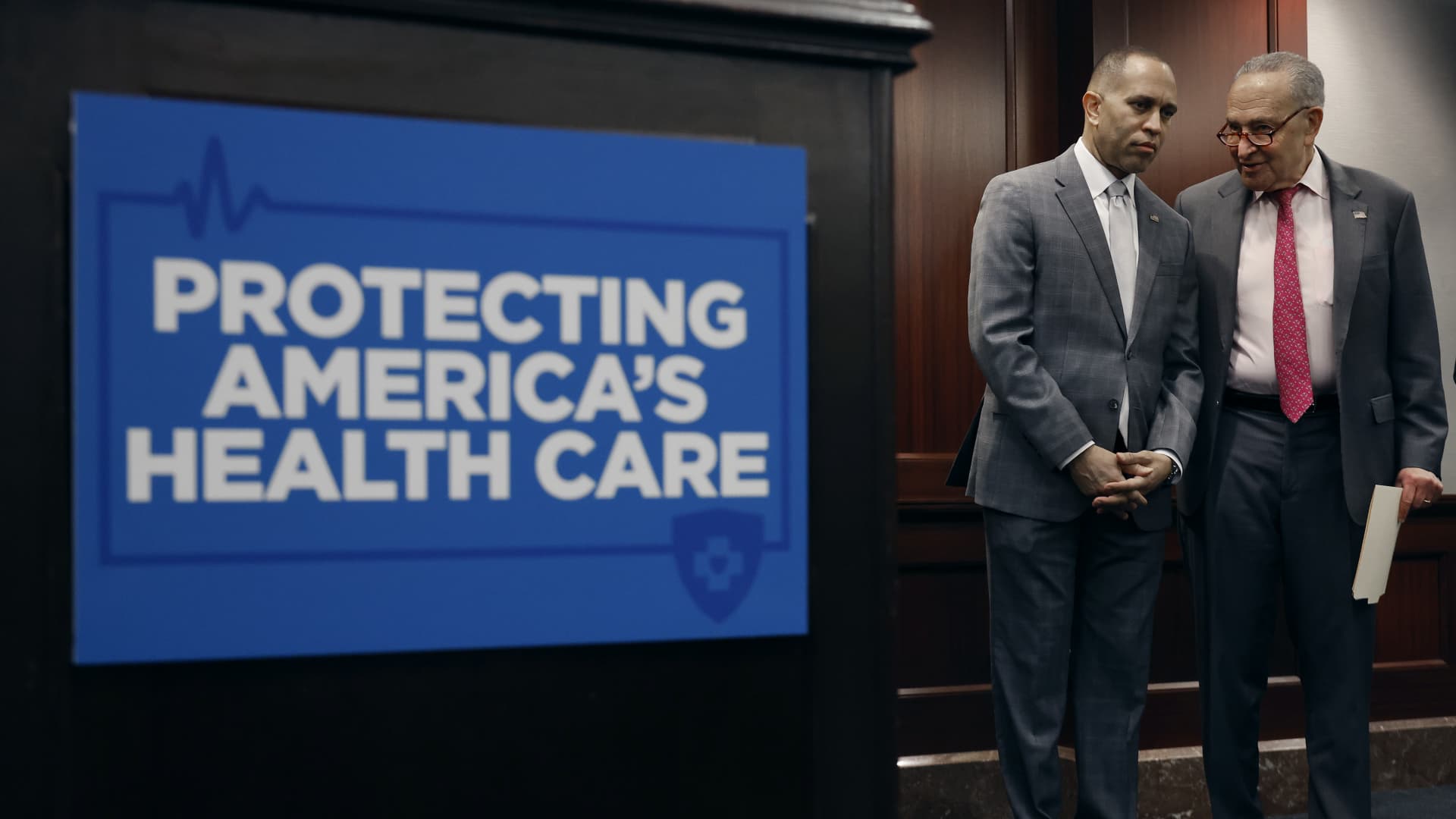Olga Rolenko | Moment | Getty Images
There are all sorts of ways for consumers to misuse credit cards, from failing to pay monthly bills in full to running up your balance. But here’s one risky behavior that experts say you likely haven’t heard of: “credit cycling.”
Credit cards come with a spending limit. Cardholders are usually aware of this limit, which represents the overall cap to how much they can borrow. The limit resets with each billing statement when users pay their bill in full and on time.
Users who credit-cycle will reach that limit and quickly pay down their balance; this frees up more headroom so consumers can effectively charge beyond their typical allowance.
Doing this occasionally is usually not a big deal, experts said. It’s akin to driving a few miles per hour over the speed limit — something less likely to get a driver pulled over for speeding, said Ted Rossman, senior industry analyst at CreditCards.com.
But consistently “churning” through available credit comes with risks, Rossman said.
For example, card issuers may cancel a user’s card and take away their reward points, experts said. This might negatively impact a user’s credit score, they said.
“If there’s even the slightest chance credit cycling can go sideways, it’s best not to do it and look for alternatives,” said Bruce McClary, senior vice president at the National Foundation for Credit Counseling. “You have to be very careful.”
Card companies see credit cycling as a risk
The average American’s credit card limit was about $34,000 at the end of the second quarter of 2024, according to Experian, one the three major credit bureaus. (This was the limit across all their cards.)
The amount varies across generations, and according to factors like income and credit usage, according to Experian.
It’s understandable why some consumers would want to credit cycle, experts said.
More from Personal Finance:
Why summer Fridays are increasingly rare
How GOP megabill affects families with kids
What a Trump, Powell showdown means for your money
Certain consumers may have a relatively low credit limit, and credit cycling might help them pay for a big-ticket purchase like a home repair, wedding or a costly vacation, experts said. Others may do it to accelerate the rewards and points they get for making purchases, they said.
But card issuers would likely see repeat offenders as a red flag, Rossman said.
Maxing out a card frequently may run afoul of certain terms and conditions, or signal that a user is experiencing financial difficulty and struggling to stay within their budget, he said.
Issuers may also view it as a potential sign of illegal activity like money laundering, he said.
“You could be putting yourself at risk by appearing to be a risk in that way,” McClary said.
Credit cycling consequences
If a card issuer penalizes a credit-cycling customer by closing their account, it could have negative repercussions for their credit score, experts said.
Credit utilization is the share of one’s outstanding debt relative to their credit limit. Keeping utilization relatively low generally helps boost one’s credit score, while a high rate generally hurts it, McClary said.
Experts generally recommend keeping credit utilization below 30%, and below 10% if you really want to improve your credit score.
A canceled card would reduce one’s overall credit limit, raising the odds that a user’s credit utilization rate would increase if they have outstanding debt on other credit cards, McClary said.
Further, a card company could flag misuse as a reason for the account closure, potentially making the user look like more of a risk to future creditors, he added.
Consistently butting up against one’s credit limit also increases the chances of accidentally breaching that threshold, McClary said. Doing so could lead creditors to charge over-limit fees or raise a user’s interest rate, he said.
Consumers who credit-cycle should be cognizant of any recurring monthly subscriptions or other charges that might inadvertently push them over the limit, he said.
What to do instead
Instead of credit cycling, consumers may be better served by asking their card issuer for a higher credit limit, opening a new credit card account or spreading payments over more than one card, Rossman said.
As a general practice, Rossman is a “big fan” of paying down one’s credit card bill early, such as in the middle of the billing cycle instead of waiting for the end. (To be clear, this isn’t the same as credit cycling, since consumers wouldn’t be paying down their balance early in order to spend beyond their allotted credit.)
This can reduce a consumer’s credit utilization rate — and boost one’s credit score — since card balances are generally only reported to the credit bureaus at the end of the monthly billing cycle, he said.
“It can be a good way to improve your score, especially if you use your card a lot,” he said.


 Economics1 week ago
Economics1 week ago
 Economics1 week ago
Economics1 week ago
 Economics1 week ago
Economics1 week ago
 Finance1 week ago
Finance1 week ago
 Blog Post1 week ago
Blog Post1 week ago
 Economics1 week ago
Economics1 week ago
 Personal Finance1 week ago
Personal Finance1 week ago
 Economics1 week ago
Economics1 week ago













